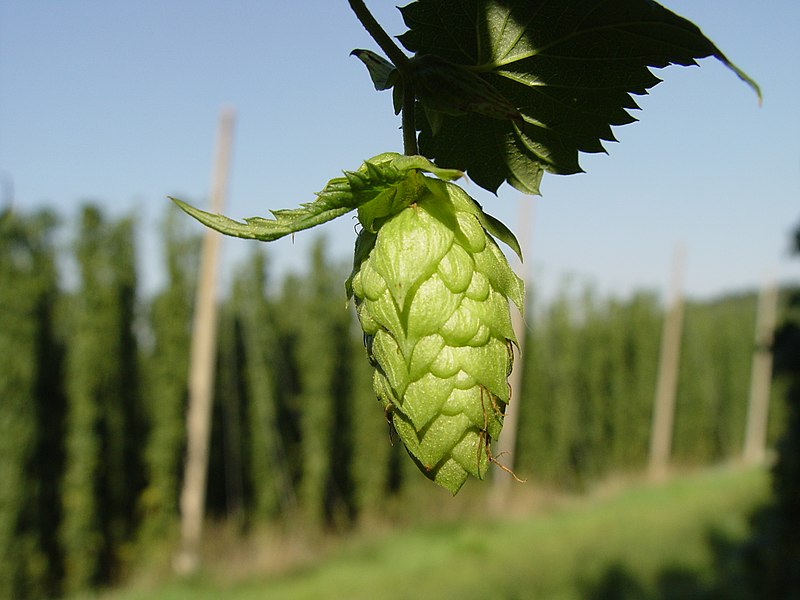
Written by Martyn Cornell for Zythophile.wordpress.com
Silly joke: but the fact that even someone with my limited Photoshop skills can knock up an unkind photospoof of AB Inbev’s new “entry level†four per cent alcohol lager for the British market, Bud 66, in 15 minutes suggests the company’s marketing department didn’t think hard enough about the branding. And my apologies to Stuart MacFarlane, AB Inbev’s UK president: his skin’s not really that colour. (The horns, though …)
The most interesting fact about Bud 66 is not the mockable name, however, nor the fact that you and I, dear reader, won’t like it (since the maker describes it as a “lightly carbonated lager†brewed with a “touch of sweetness for a smooth easy taste†and “targeted at the early 20s marketâ€, which translates as “fizzy, over-sugary and bland, and designed for people we think don’t know anything about beer†– if I were in my early 20s I’d be extremely insulted that InBev thinks this is the sort of stuff I’d like to drink.)
Nor is it the way that the company attempts to present blatantly copying Beck’s Vier and Stella Artois 4% as “another example of innovation by AB InBevâ€. Rather, it’s that InBev feels it has to enter this category with Bud at all, with MacFarlane describing the launch as InBev’s “most important business action in 2010.â€







![[Beer Manufacturers]](https://i0.wp.com/si.wsj.net/public/resources/images/PJ-AO750A_pjBEE_DV_20090317215239.jpg?resize=362%2C494)



You must be logged in to post a comment.